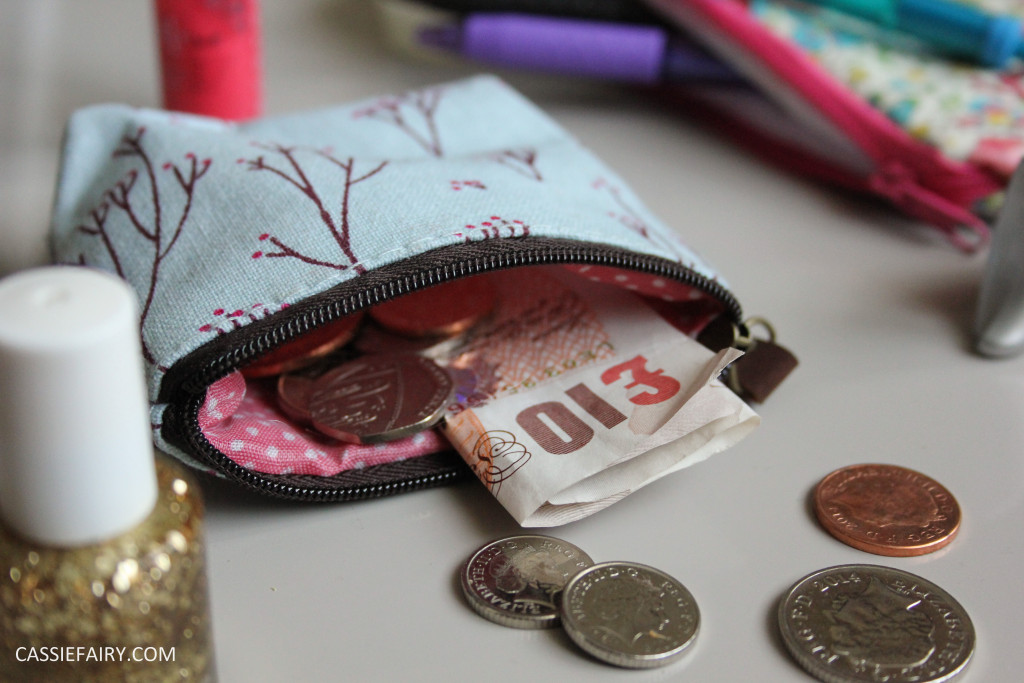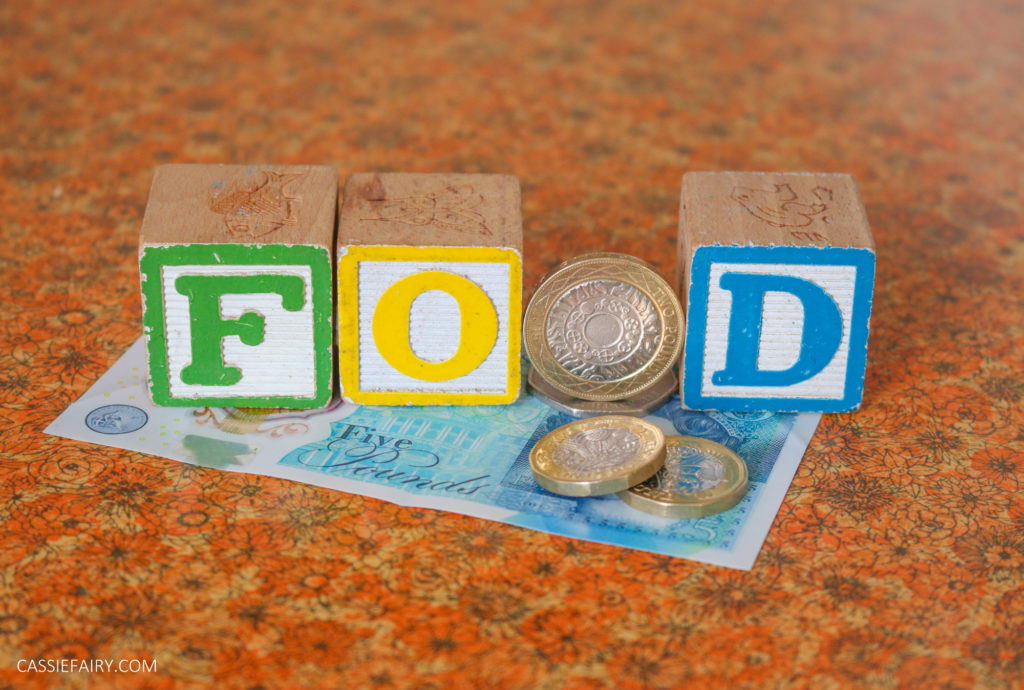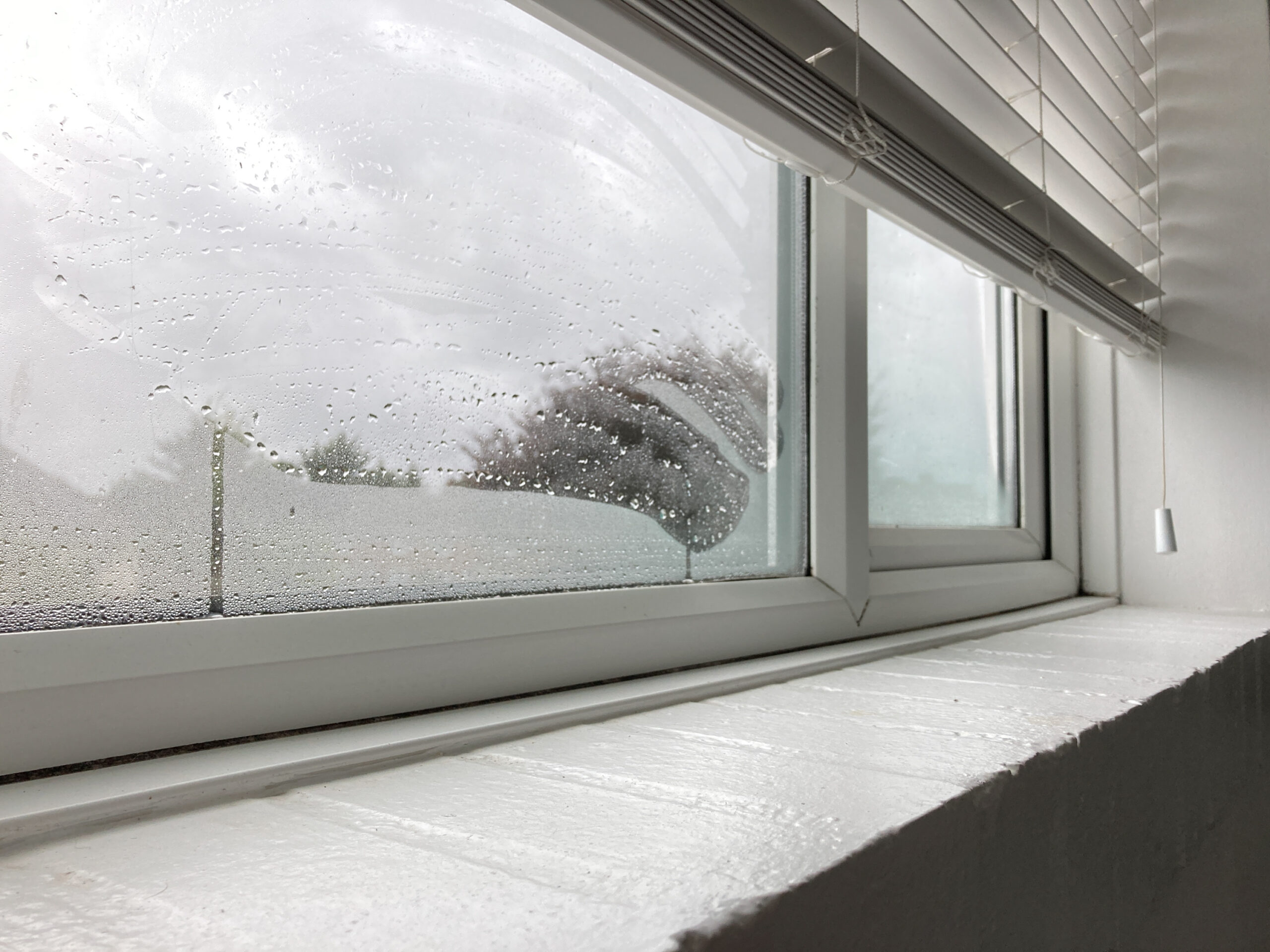Unexpected expenses can appear from anywhere — and most of the time, we aren’t financially prepared to deal with the issue. Whether it’s a broken-down car or a faulty boiler to repair, it all adds up. For that reason, I’ve made some suggestions on how to make extra savings that’ll come in handy for a rainy day… Sometimes we find ourselves making the wrong financial decisions, purely to live a more luxurious life and to live in the moment. We all make New Year’s resolutions, and they can often be disastrous, with 80% of people failing by February and regretting it instantly — have you managed to stick to yours? One of the most common New Year’s resolutions is to cut down on spending and, although this sounds achievable, if you don’t have a strategy in place, the likeliness of failure spirals out of control.
Sometimes we find ourselves making the wrong financial decisions, purely to live a more luxurious life and to live in the moment. We all make New Year’s resolutions, and they can often be disastrous, with 80% of people failing by February and regretting it instantly — have you managed to stick to yours? One of the most common New Year’s resolutions is to cut down on spending and, although this sounds achievable, if you don’t have a strategy in place, the likeliness of failure spirals out of control.
COMMON UNEXPECTED EXPENSES
Out of 2,000 people questioned in a Provident survey, 54% said that they had encountered an unexpected expense within the household. On average, these costs equate to £248.70 — showing that any extra savings you can make throughout the year will be beneficial when expected costs occur. It was also found that 35% of people had to use a credit card to cover the costs of unexpected expenses and increasing your borrowing is never a good thing. With 18% of people not being able to pay more than £100 on unexpected bills on their own, 17% had to borrow from friends and family. A sticky situation, I’m sure you’ll agree!
THE COST OF TRAVEL
Making changes to the way you travel could be life changing, with better savings in your bank account as a result. Drivers in the UK will spend £168,880 over their lifetime, which is an incredibly high figure to spend on a method of transportation when there are cheaper alternatives available. With efficiency growing in public transport, there is no reason for you not to consider making the bold move that could help you fulfil your budgeting resolutions this year and save you a fortune.
The biggest contributor to this price is petrol but don’t forget about servicing a car and MOTs – this can add up to more than £600 over a twelve-month period, depending on your vehicle, of course. The cost of parking is on the rise, and with more vehicles on the roads, there seems to be a higher demand. When it comes to car insurance, this can sway dramatically as younger drivers will find themselves paying a higher cost to be on the road — on average, insurance costs an experienced driver £436 every year. Road tax can equate to an average of £116.35 on a yearly basis. And don’t forget those other costs that might happen when you’re driving; parking or speeding tickets, car supplies, car washing, breakdown cover… Commuters can find themselves paying considerably less on public transport, just imagine the savings you would make by riding the bus instead. By using a megarider ticket, you will be able to travel as much as you want and can tailor your own needs to the ticket type. Whether you’re in need of a weekly bus pass for your travels, or a monthly one — you will find yourself making a huge saving in comparison to buying a ticket every day.
And don’t forget those other costs that might happen when you’re driving; parking or speeding tickets, car supplies, car washing, breakdown cover… Commuters can find themselves paying considerably less on public transport, just imagine the savings you would make by riding the bus instead. By using a megarider ticket, you will be able to travel as much as you want and can tailor your own needs to the ticket type. Whether you’re in need of a weekly bus pass for your travels, or a monthly one — you will find yourself making a huge saving in comparison to buying a ticket every day.
THE COST OF CAFFIENE
With 21,000 coffee shops here in Britain, MyVoucherCodes has suggested that the average Brit visits at least three times per week! This means that Brits visit coffee shops around 156 times a year (the average coffee shop spend is apparently £8.52 — and with travel expenses, this could go up to £13.85.) This creates an annual average spending of £2,600, a majority of which could be saved if you were to opt for taking your own coffee to work. And do you really need that muffin anyway??
One 250g pack of ground coffee from Douwe Egberts can make 30 cups of coffee — so there really is no excuse! When looking to see how much a 1kg pack would cost, Amazon has priced the coffee at around £15, meaning that each cup of coffee would cost close to 13p. Try taking a flask to work or purchasing an on-the-go coffee cup that will see you through your commute.
THE COST OF LUNCH-ON-THE-GO
Leaving work for our lunch break has become a more common, and spending has gone through the roof. But what if I told you that, on average, forking out for lunch every day could cost you £1,288 according to research carried out by VoucherCloud. Evidently, you could make a huge saving by preparing your lunch at home — whether this is making a quick sandwich or taking a tin of microwavable soup to heat up in the office kitchen. When I looked at the total working days in 2017, there was 252 — if we went by Poundland’s price of tomato soup, which is 50p, you would find yourself paying £126! A massive saving for anyone looking to cut down on costs. Add all of these little daily savings into your budget and it won’t be long before you’ve grown a nest egg, ready for those unexpected expenses. 47% of household issues happen in the kitchen, a room which is essential to the day-to-day running of any home, and if you don’t have the money to pull out instantly, it could cause an everyday stress. By using the savings you would have made by taking your own lunch and coffee to work and travelling to work, you will be able to make life easier. I hope this blog post has showed you how and why you should cut some costs in your day-to-day spending to stash away for a rainy day, and please let me know if you have any other tips by leaving me a comment below
Add all of these little daily savings into your budget and it won’t be long before you’ve grown a nest egg, ready for those unexpected expenses. 47% of household issues happen in the kitchen, a room which is essential to the day-to-day running of any home, and if you don’t have the money to pull out instantly, it could cause an everyday stress. By using the savings you would have made by taking your own lunch and coffee to work and travelling to work, you will be able to make life easier. I hope this blog post has showed you how and why you should cut some costs in your day-to-day spending to stash away for a rainy day, and please let me know if you have any other tips by leaving me a comment below
This article was brought to you by Stagecoach, who offer cheap bus fares to help you get from A to B!
PIN THESE TIPS FOR LATER..!
This blog post is an advertisement feature that has been written in collaboration with a sponsor. The pink links in this post indicate a sponsored link 🙂























2 responses
Thanks very much! Haha yes, it all adds up, doesn’t it?! 🙂
So useful, especially seeing the numbers on paper haha! Xx